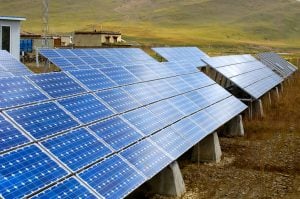China’s Belt and Road Initiative (BRI) is intended to catalyse the economies of countries around the globe.
Yet BRI projects overlap some of the most ecologically fragile places on earth. The multi-trillion-dollar initiative – to build transcontinental networks of roads, railways and ports, studded with dams, mines, power plants, and solar and wind farms – has its environmental impacts. These include air and water pollution, soil contamination and erosion, habitat and wildlife loss.
For project developers and funders, failure to address these impacts can translate into regulatory and reputational risks. So they need to take mitigation seriously.
Risks confronting developers can include penalties, legal action and backlash from communities causing project delays and even closures. According to a 2018 study, 14% of BRI projects in 66 countries have faced some kind of local pushback.
Problem projects
At the Myitsone dam in Myanmar, Chinese developers and investors faced the worst-case scenario, locking in funds indefinitely after the dam was suspended mid-construction on environmental grounds. Fishing communities feared the project would jeopardise their livelihoods and obstruct fish migrating upstream to spawning areas. The dam was shelved after sustained local and international opposition, leaving China Power Investment Corporation (CPI) and the investor China EXIM bank in limbo.
A dam in Indonesia’s Batang Toru rainforest funded by the Bank of China (BOC) was also met with significant local and international opposition and litigation as it threatened the only habitat of the rare and critically endangered Tapanuli orangutan. Cambodia’s proposed Sambor dam, dubbed an imminent environmental disaster for the Mekong river, faces similar problems.
Pressures on state banks
Environmental risks can spill over to affect project financers. They may face loan defaults or find themselves forced to withdraw funding where they have failed to vet projects pre-emptively or to ensure risk management during implementation. For example, unrelenting opposition from environmentalists forced BOC to re-evaluate its funding to the Batang Toru dam last year.
Six Chinese state-owned banks (CDB, CHEXIM, BOC, ICBC, ABC, CCB) have reportedly provided more than 90% of BRI’s financing, which puts them at disproportionate financial risk from BRI’s environmental impacts.
How green is the Belt and Road?
- 91% of energy-sector loans to BRI countries went to the fossil fuel industry in 2014-2017.
- China has committed or proposed to finance one-quarter of the world’s coal plants under development outside the country.
- BRI countries, not including China, account for 26% of global CO2 emissions. That could grow to 50% by 2050 in the worst-case scenario.
A further problem is that many BRI projects have a weak business case and are being implemented in some of the world’s most challenging governance regimes. China continues to state-sponsor projects that have failed to attract private investors. The underlying hope, according to Minyuan Zhao, associate professor of management at Wharton, University of Pennsylvania, is that the overall connectivity and trade boost that BRI brings will make it commercially profitable in the aggregate. This strategy may backfire since China’s public banks are already struggling with non-performing loans. The bad debt problem is likely to worsen, with many flagship BRI projects hitting roadblocks, several of them through environmental mismanagement.
There is a clear case for the BRI’s financers to put in place robust risk-management frameworks incorporating environmental safeguards – something that multilateral development banks (MDBs) such as the World Bank have developed in response to similar risks.
Decades of experience in implementing these safeguards have helped the MDBs evolve good practice in environmental impact assessment and mitigation. For instance, the International Finance Corporation’s Performance Standards require clients to have mitigation plans that ensure net gains in biodiversity where critical habitat is impacted by a project.
Positive signs
China’s regulators and policymakers are now paying greater attention to the environmental aspects of risk management. For instance, in Article 21 of its 2012 Green Credit Guidelines the Chinese Banking Regulatory Commission (CBRC) has called on China’s banks to ensure their clients align with international good practice when operating overseas. Hopefully, such guidelines will generate more impetus for BRI financers to take environmental impacts seriously within their risk-management policies.
China’s banks are also increasingly co-funding projects alongside MDBs in an apparent bid to mitigate reputational risks. However, such partnerships need to go deeper with more rigorous application of MDB risk-management frameworks.
While most MDBs boast the highest credit ratings from international credit-rating agencies, indicating a high capacity to meet financial commitments, most Chinese banks have much lower ratings. Robust risk-management frameworks can go a long way in strengthening the credit profiles of Chinese banks. Moreover, explicit and binding environmental safeguards will ensure greater debt sustainability for BRI projects. This will help leverage private and international financing for the BRI which has hitherto remained low.
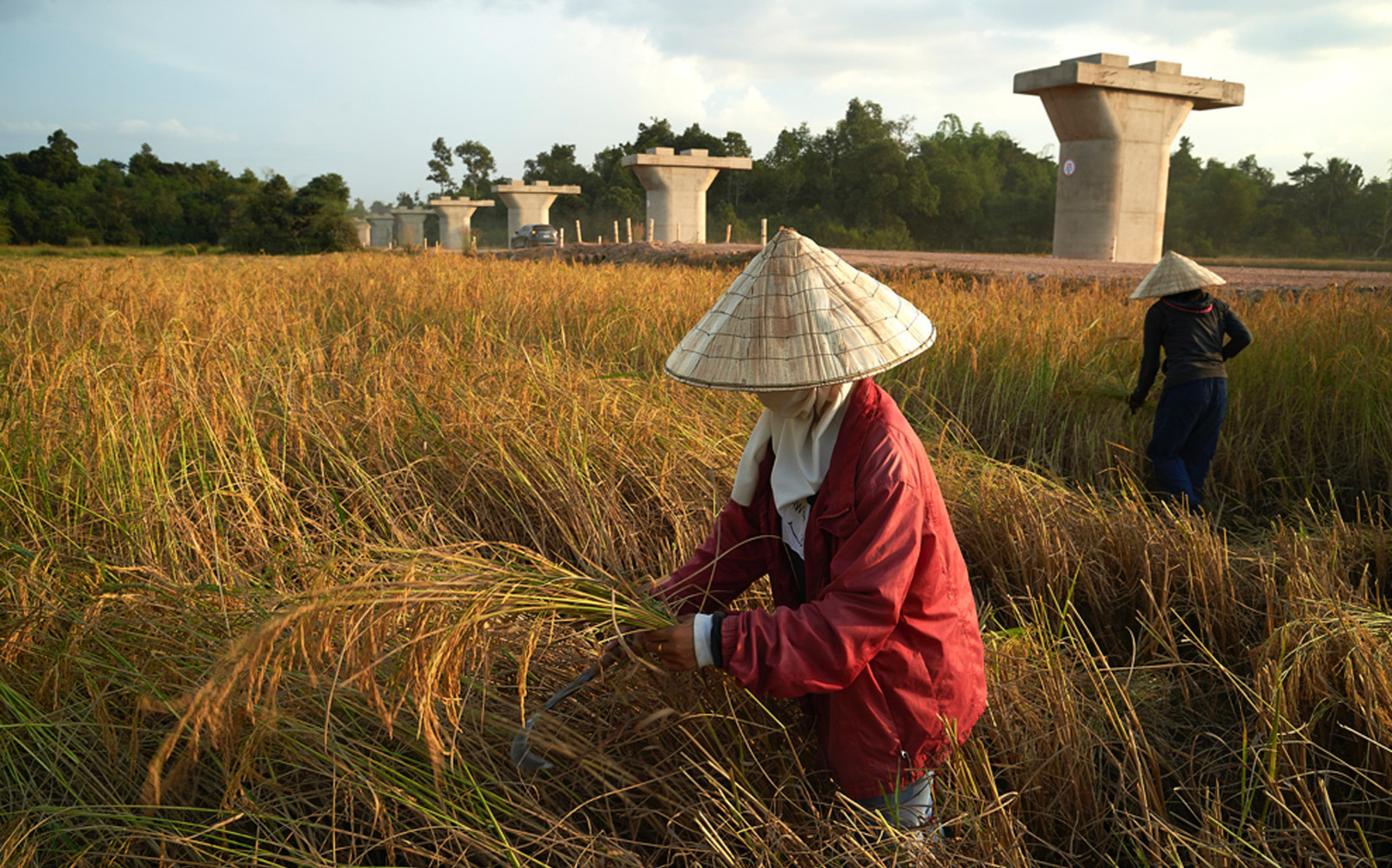
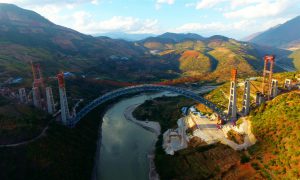
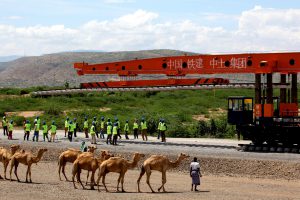


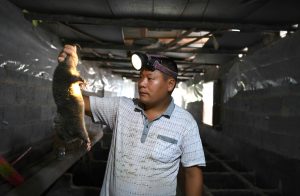
![Woman points into the distance on the way to the Women's Empowerment Centre meeting near a village on the transboundary Mahakali River basin [All images by Minket Lepcha]](https://dialogue.earth/content/uploads/2020/02/Minket-Story-1-Main-Picture-300x200.jpg)
![A farmer creates noise using pots and pans to 'scare off' locusts swarms [image by: Sirajuddin]](https://dialogue.earth/content/uploads/2020/02/IMG_5294_cropped-300x202.jpg)
